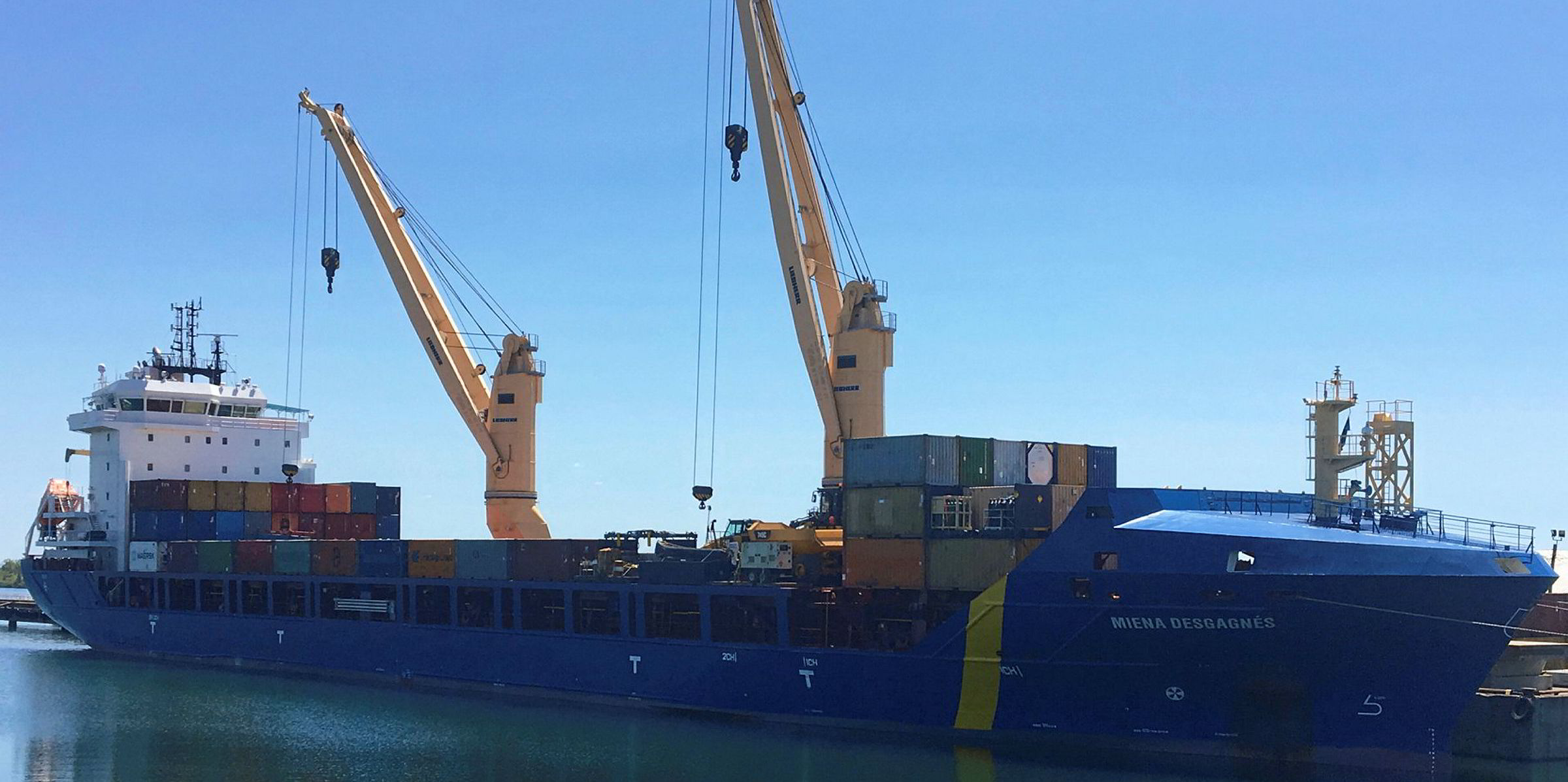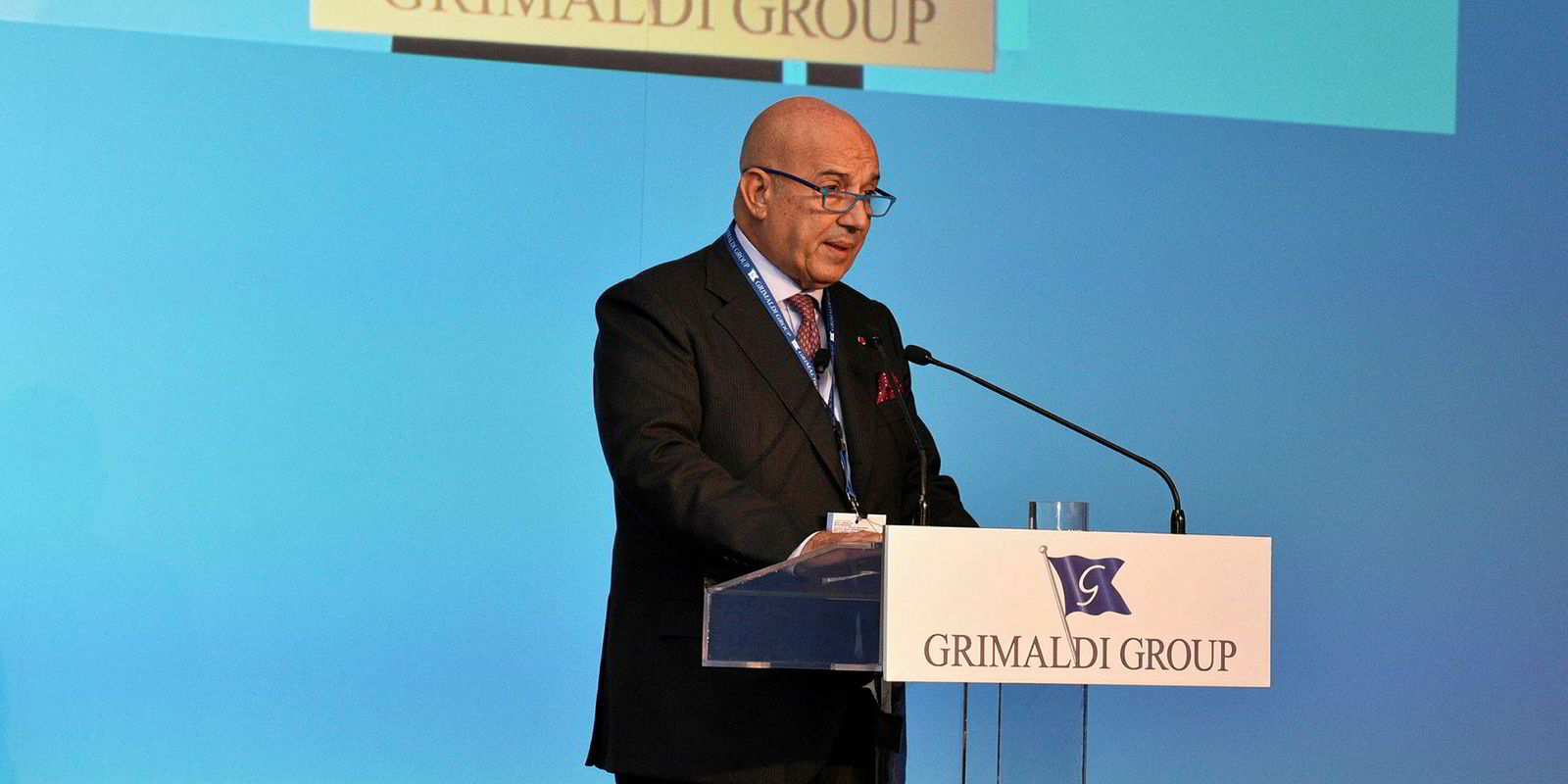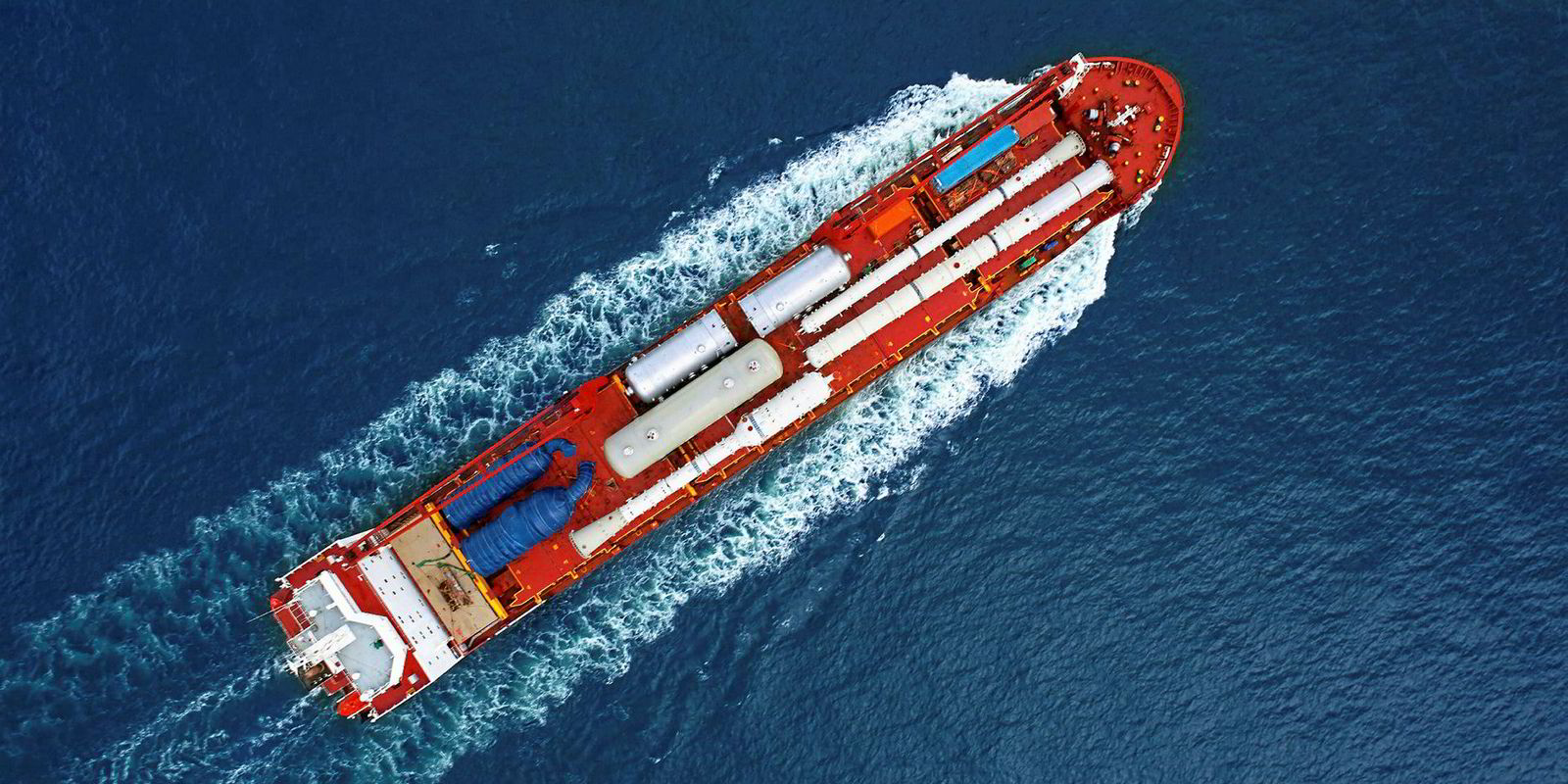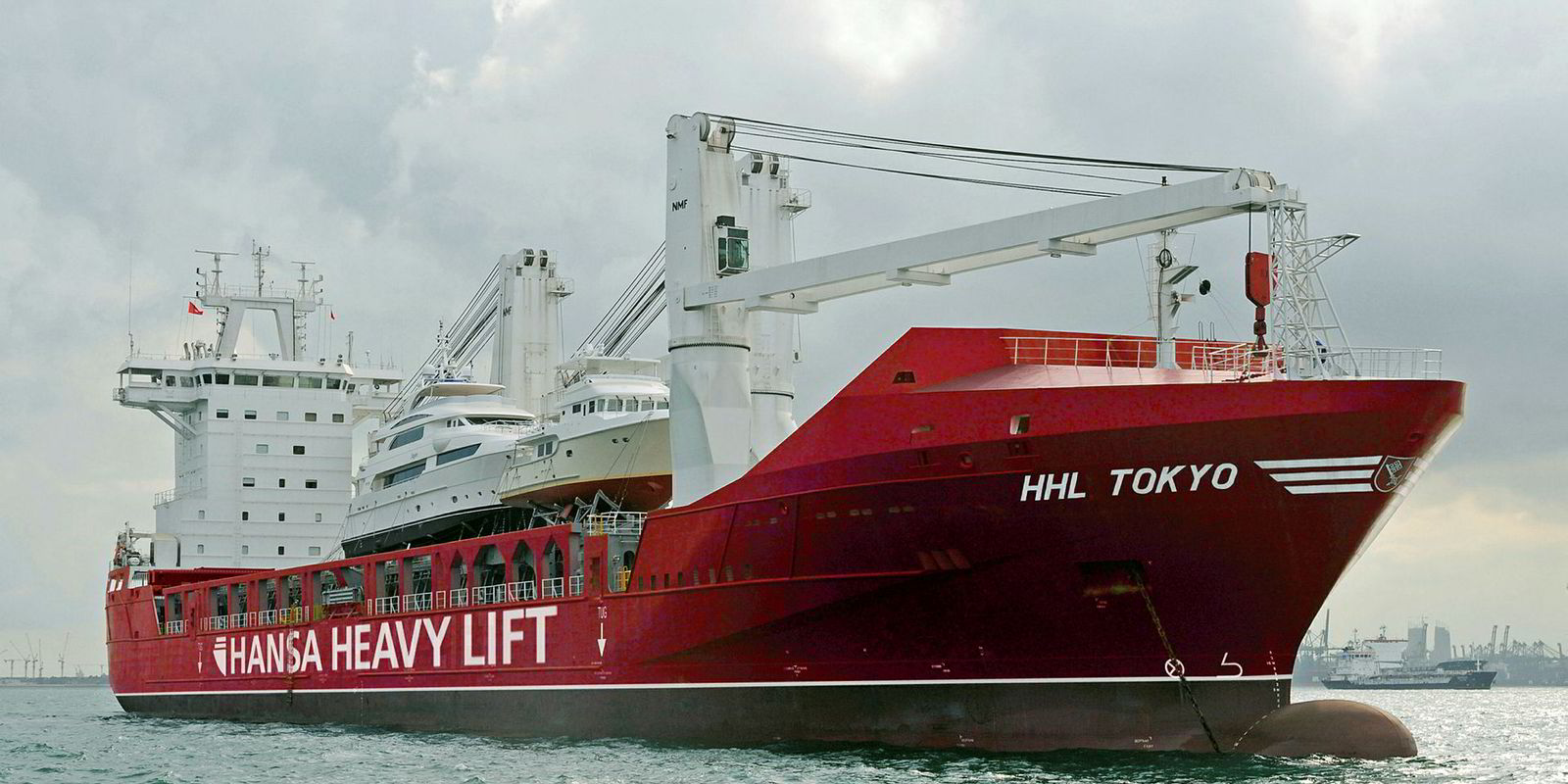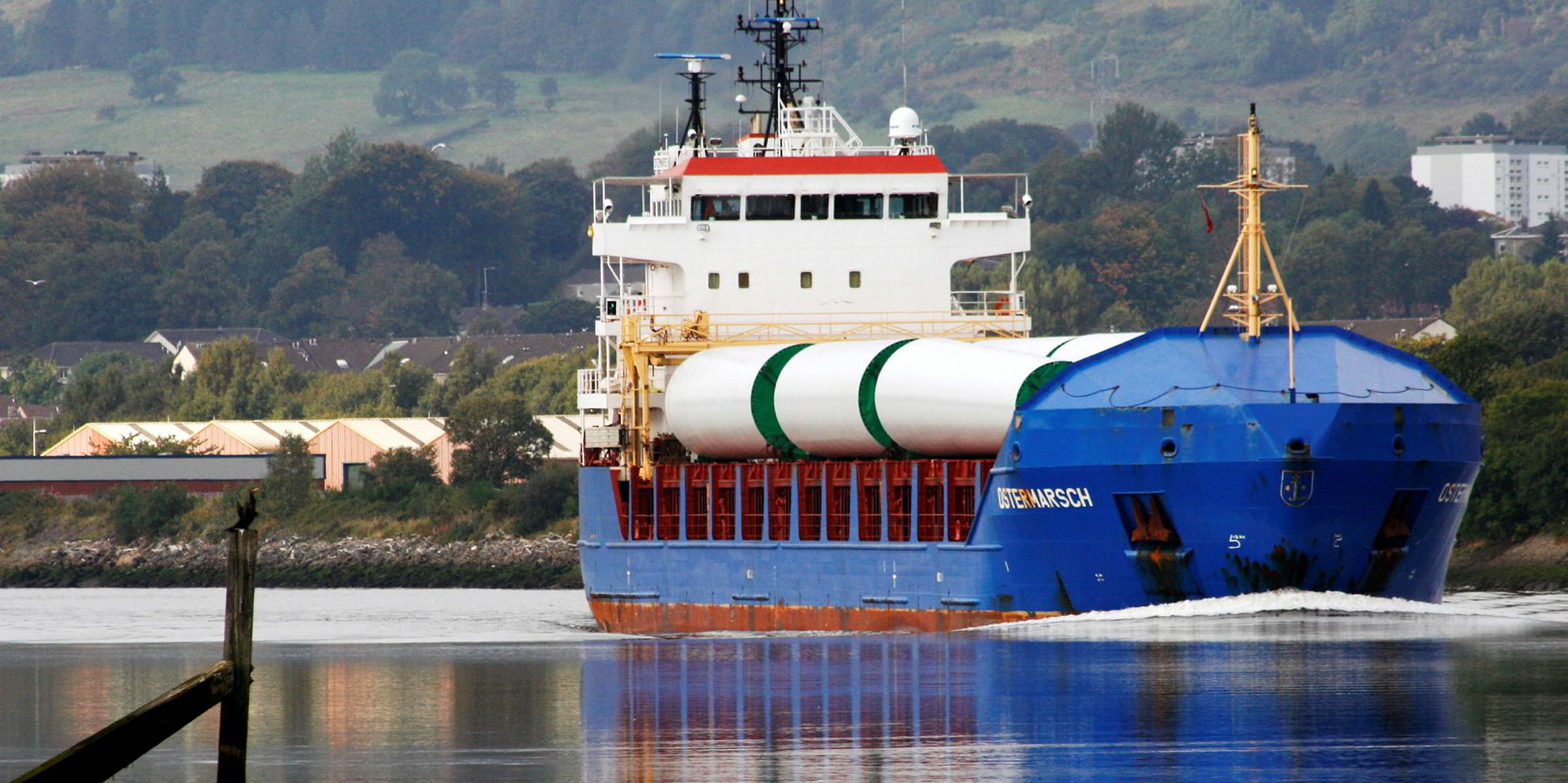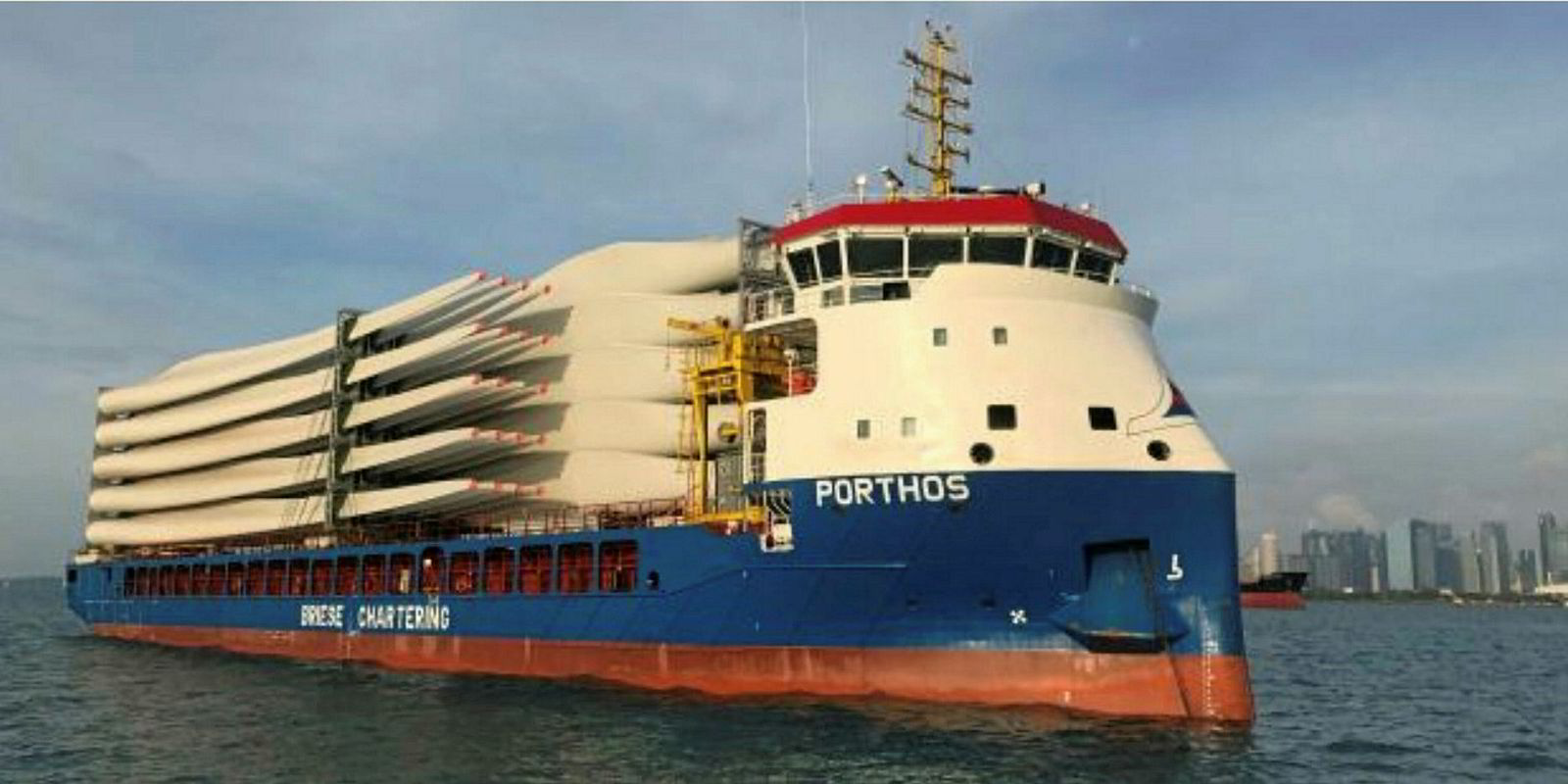The multipurpose (MPP) sector is showing signs of a long-awaited recovery.
Charter rates and secondhand values are rising. New players are entering the sector and the air of confidence is reflected in talk of newbuilding orders.
Optimism stems from an orderbook that has fallen to its lowest level for more than two decades.
Just seven MPP vessels with a combined lifting capacity over 100 tonnes are scheduled for delivery in 2019, and six are slated for 2020 delivery. That will be the lowest number since 1998.
That delivery schedule compares with an average of 100 newbuildings hitting the water each year between 2010 and 2012, an annual increment of 1.5 million dwt that helped the total fleet rise to around 15.3 million dwt, according to shipbroker Toepfer Transport.
The newbuilding scenario suggests that the MPP fleet is likely to stabilise at around 1,000 ships — double its size a decade ago.
But the situation could change if the market recovery brings fresh investment.
There are already signs that some owners are ready to return to shipyards with a handful of newbuilding projects in the final design phase, says Nicolas Breiding, chief research officer at Toepfer Transport, who follows the sector.

Owners will probably have to cough up a further 10% on last done to match the expectations of shipyards in China and equipment suppliers, which need higher prices to obtain refund guarantees.
The newbuilding price for standard F-500 type designs of 12,500 dwt, with combined lifting capacity of 500 tonnes, is likely to be between $21m and $22m.
The improving market is slowly being reflected in the values of ships sold in the secondhand market.

Briese Schiffahrt offloaded the 12,500-dwt Jan (built 2017), a modern F-500 type vessel with two cranes of 250 tonnes, to Desgagnes Group of Canada over the summer for substantially above $20m.
That marked a healthy profit on the vessel, which the German shipowner had acquired for $18.5m.
Such asset inflation is unlikely to be stemmed by the troubles of builders of MPP vessels.
That includes Zhejiang Ouhua Shipbuilding. Prior to its bankruptcy in May, the yard had inked contracts for a series of six 18,000-dwt R-class MPP vessels costing $30m each.
Spliethoff Group originally ordered the ships for delivery next year and is believed to be looking for a new shipyard for its business.
The poor state of the market has seen the MPP orderbook shrink to well below 10% of the fleet on the water, which means few vessels will be delivered in the coming years.
That bodes well for the charter market, which is on an upward trajectory.
Six to 12-month charter rates for 12,500-dwt F-type vessels with 240 to 500-tonne cranes have risen by $1,500 per day over the past 18 months.
Rates stood at about $7,500 per day in October, up from a low of $6,160 in April 2017, according to the Toepfer Multipurpose Index.
That is still short of the “five digits” charter rate that Breiding believes is necessary to justify today’s higher newbuilding prices.
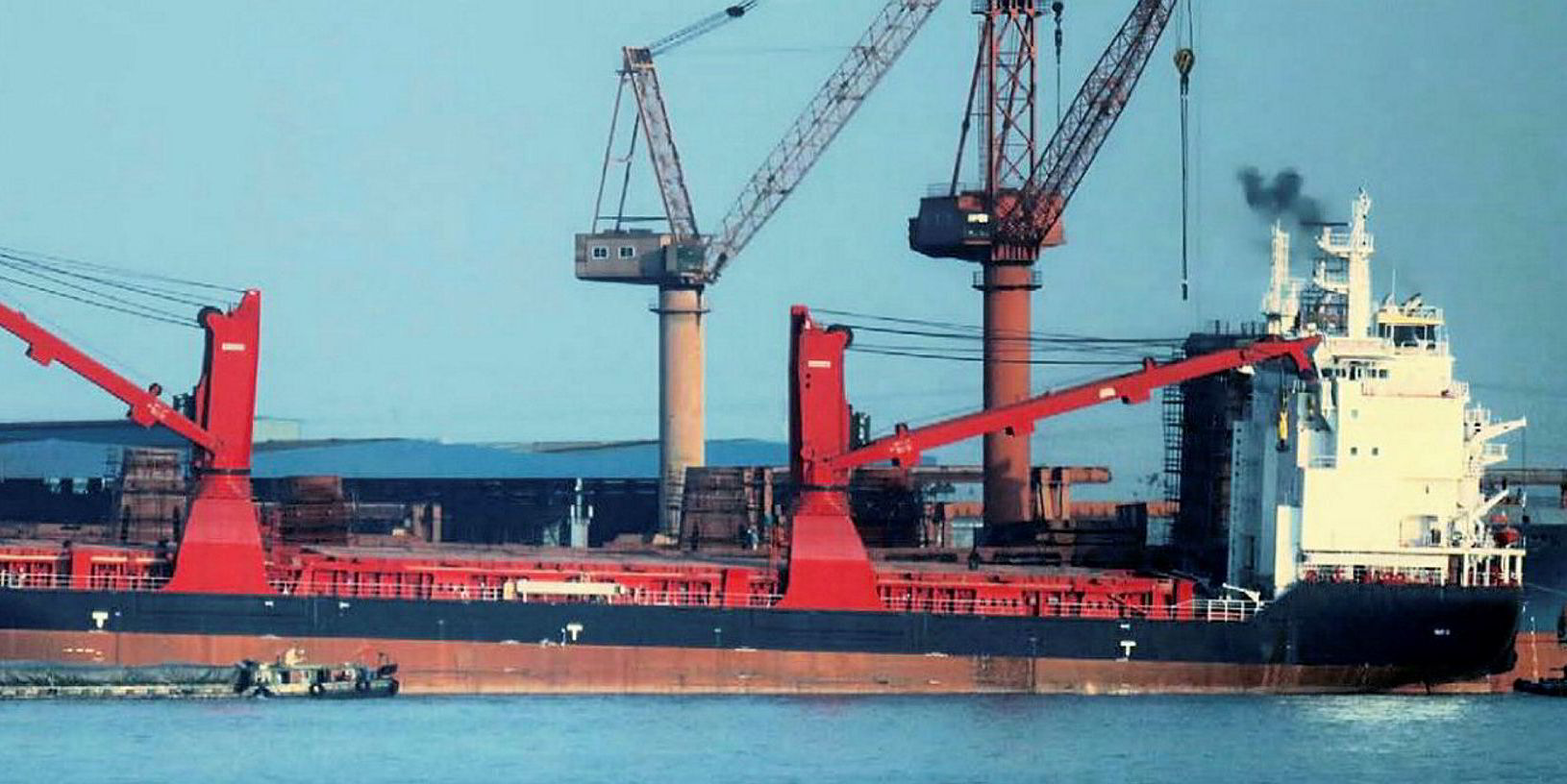
But fixtures such as a recent deal for the 12,100-dwt Weco Louise (ex-BBC Louise, built 2018) suggest there are signs that the market could approach the higher level. The vessel was reportedly fixed to BBC Chartering early in the year for 12 months at a reported $9,250 per day.
Improving rates also provide hope for older tonnage.
Brokers report more of the standard MPP designs being circulated for sale as their owners seek to avoid expensive dry-dockings needed to bring them up to class.
Some F-types acquired at the bottom of the market for $5m or $6m might be profitable at rates approaching $8,000 per day, says shipbroker Christian Buss, managing partner of Germany's Sporleder.
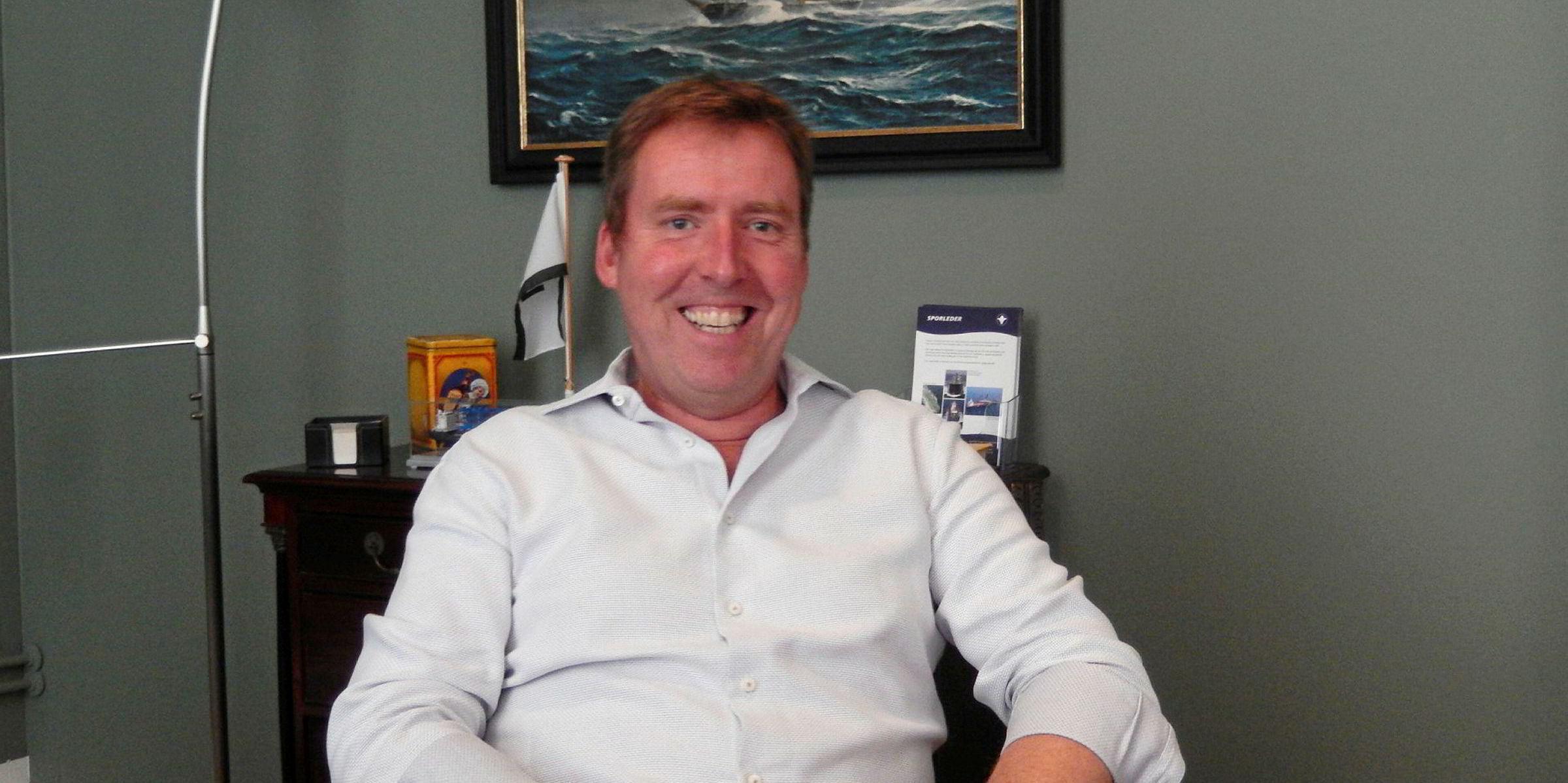
He argues that the rise in the charter market is sustainable, but notes that some designs have fallen out of favour in some quarters due to their fuel-guzzling nature.
That includes the 19,000-dwt P-type vessels, which are fitted with cranes and have an onboard lifting capacity of 800 to 1,400 tonnes. Buss argues that the P-types have fewer flexible trading possibilities than smaller MPP ships.
Another factor fuelling optimism is the rising oil price, which could boost infrastructure investments, requiring more equipment to be shipped on MPP tonnage. Analyst Drewry believes the MPP sector will also benefit from surging growth in renewable energy generation and a windfarm-construction boom in South East Asia.
